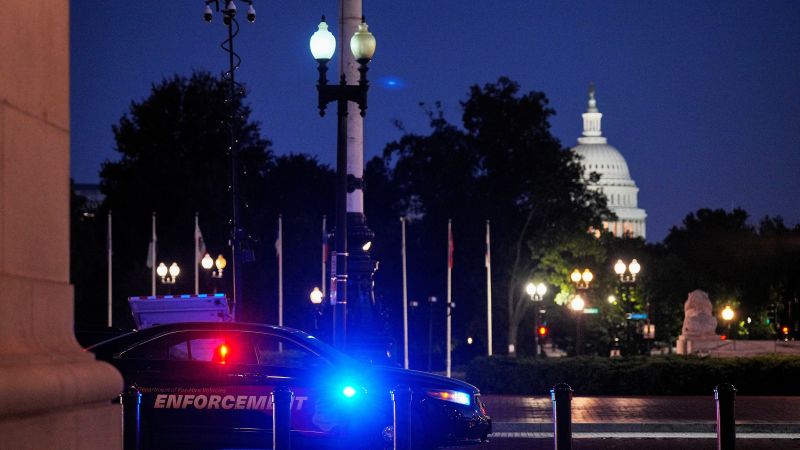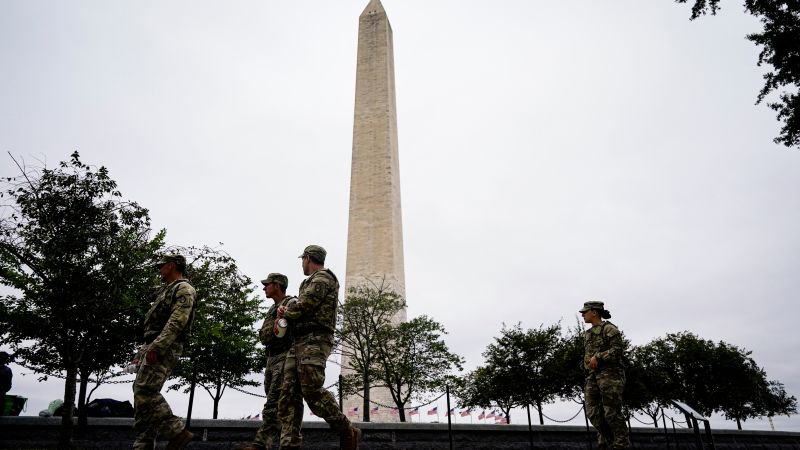
National Guard Deployment in Washington DC: Financial Implications and Security Concerns
Politics | 8/28/2025
The deployment of the National Guard in Washington, DC, as a component of President Donald Trump’s initiative to address crime in the city, is incurring an estimated daily cost of around $1 million, according to experts familiar with the matter. The National Guard’s presence in the capital has been a focal point of the administration’s efforts to bolster security following civil unrest and protests.
The significant financial implications of this deployment have raised questions about the sustainability of the operation. Concerns have been voiced regarding the prolonged allocation of resources at such a substantial daily expense, particularly in the context of broader budgetary considerations and the evolving security landscape in the nation’s capital.
A White House official, speaking on condition of anonymity, underscored the necessity of the National Guard’s presence in Washington, emphasizing the administration’s commitment to restoring law and order. However, critics of the deployment have highlighted the financial burden it places on taxpayers, calling for a thorough assessment of the cost-effectiveness and long-term strategy associated with the ongoing mission.
The historical context of National Guard deployments in response to domestic security challenges underscores the complex considerations involved in such operations. While the deployment in DC serves immediate security objectives, the fiscal impact remains a focal point of debate among policymakers and analysts. The financial estimate of $1 million per day underscores the scale of investment in security measures in the nation’s capital.
As discussions continue regarding the future of the National Guard deployment in Washington, weighing the costs against the perceived benefits will be crucial. The evolving security situation and budgetary constraints add layers of complexity to the decision-making process, prompting a closer examination of the strategic rationale and financial implications of maintaining the current deployment levels.


